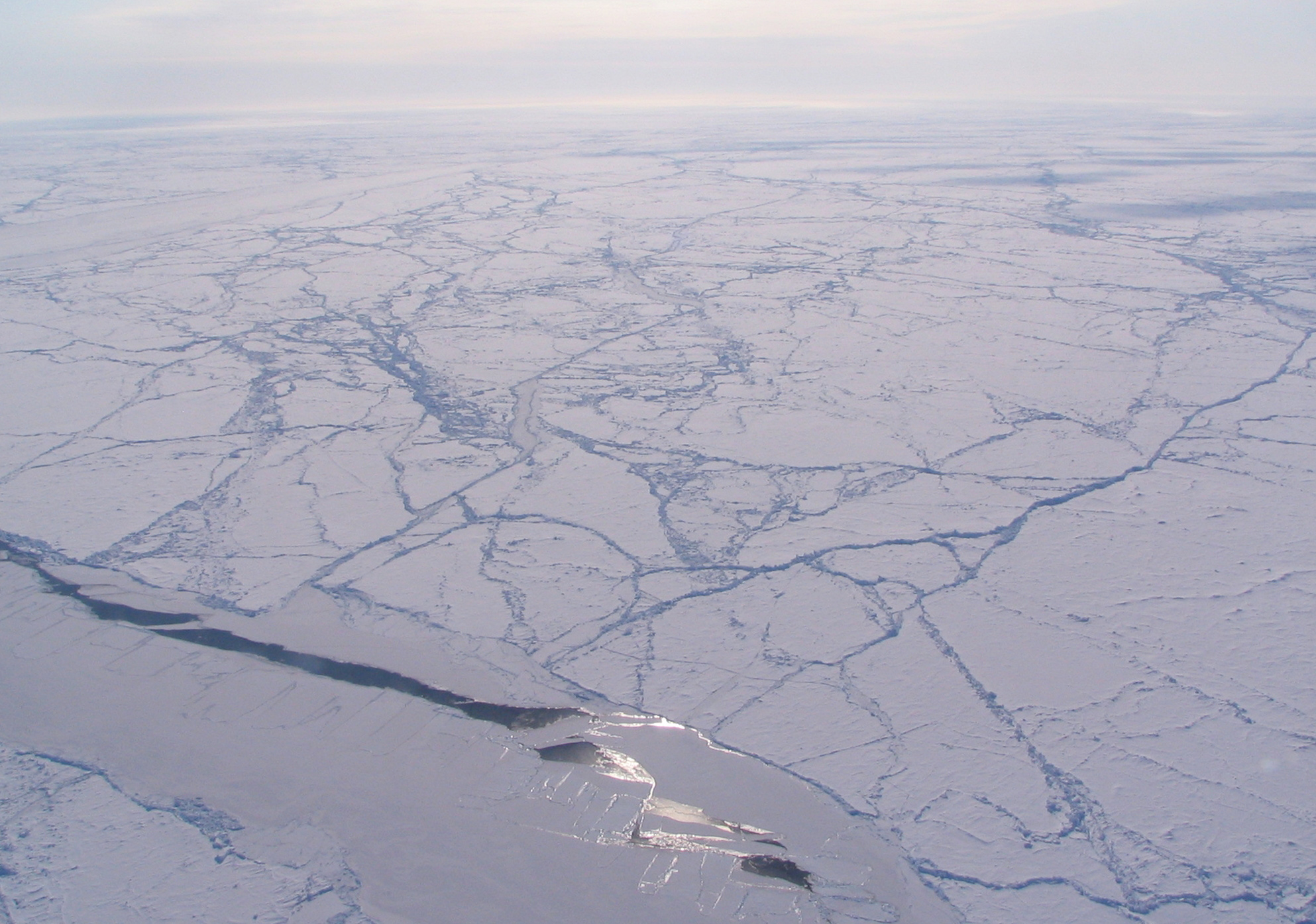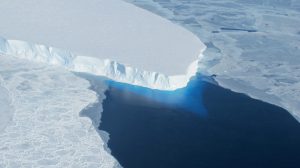
Federal, provincial and Indigenous governments united to announce the creation of Canada’s biggest marine protected area in Lancaster Sound. Inuit politicians have been advocating for the area’s protection since the 1970s, and now the almost 110,000 square kilometres will be formally protected when negotiations between the three branches of government hopefully are completed in March 2019.
The Region
Sometimes known as the ‘Serengeti of the Arctic’, the region has immense biodiversity and is home to about 75% of the world’s narwhal population, and a third of all eastern seaboard birds breed here.
The plan will prevent oil drilling, other mineral exploration and commercial fishing from occurring, although Indigenous peoples will still be able to hunt and fish in their traditional ways.
“These waters, thriving with marine life, have supported the Inuit since time immemorial” – P.J. Akeeagok, president of the Quikitani Inuit Association (QIA)
The Stakeholders
Recognition of the impact on humans as well was a key reason the Indigenous government has been so involved in negotiations.
“These waters, thriving with marine life, have supported the Inuit since time immemorial,” said Akeeagok.
QIA consists of five Indigenous communities that are all present at the talks, and all the parties (federal, provincial, QIA) have to sign the agreement before the protected area can officially be created.
This would be a landmark deal not only for conservation but also for cooperation between the three levels of government. Whilst some priorities are clashing, assuming the deal goes through the project will have been a big success.
The Arctic
Questions still remain about the deal; the main issue is funding, which is as of yet to be announced.
However, considering both the conservation and economic benefits of the deal, this deal could represent a saving grace for the Arctic, and all who call it home.
Read more about the new protected marine area in Nunavut and what it will mean for both local wildlife and people in Kat Eschner’s story in Canadian Wildlife magazine, July + August 2018 edition.
